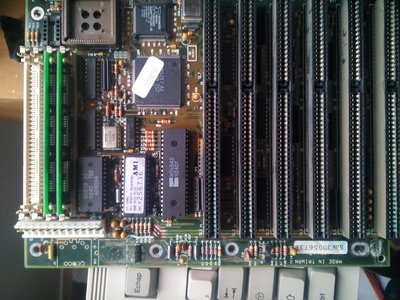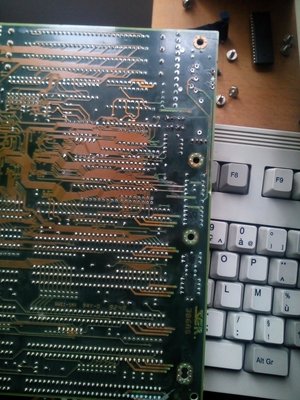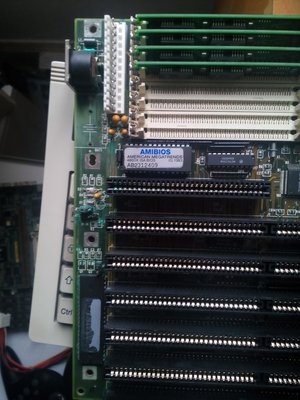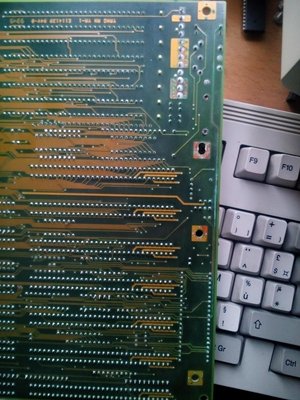Hm, at the moment I'm repairing my RTC card from my 8088 that still works a bit, but had also that awful varta battery. The battery was in a corner of the board and so all it really destroyed was grounding( the rest still doesn't look really healthy and there is a dip switch box that seem to be completely busted, but being an 1988 8 bit ISA card, the design is still very simple and many chips are still found standalone on eBay). That part was really crunchy so I removed excedent of corrosion with a tiny screwdriver. I discovered that there was still copper underneath (incredible considering how bad it was before), but some parts were dark. I used a product called "mirror" (I don't know if you have an equivalent to this in america, probably) that I usually use to clean connectors and stuff like that because it works really nice on these cards that don't work properly even after being cleaned with alcohol because their connector is dirty works perfectly after using that product. But I noticed that it made also some solder point looking shiny again on that card (before that, they looked grey, even a little bit greenish and they weren't shiny at all)
So yeah I might have found something better than vinegar to stop battery's acid. I'll try that on these boards and I'll tell you if it works or not (just for the cleaning, I'm not sure if those boards will work again someday ...)
@Ampera, it's not my fault at all, they were already looking like that when I got them 🙁



